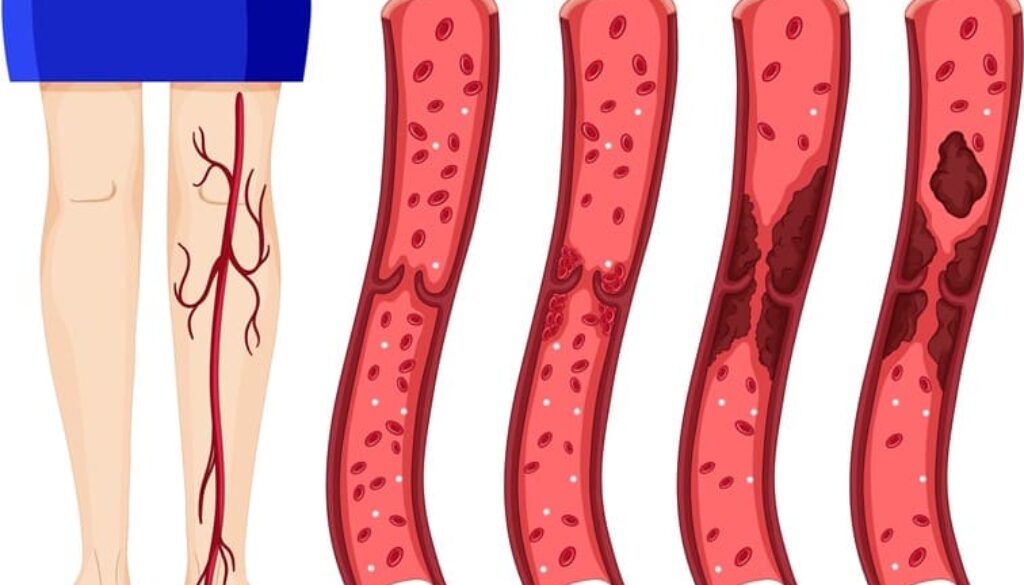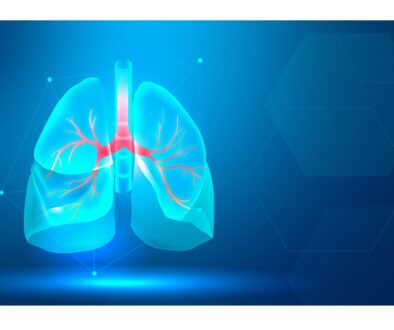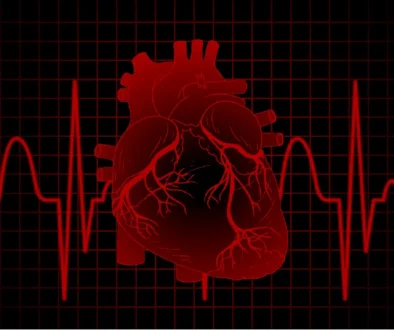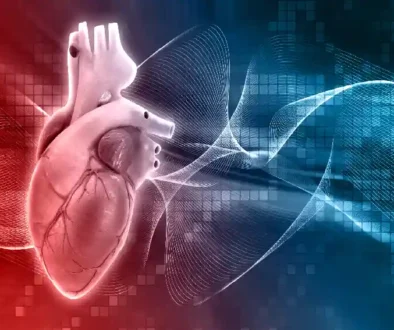Peripheral Artery Disease (PAD) – Warning Signs
Peripheral artery disease (PAD) is a cardiovascular condition in which constricted arteries limit blood circulation to the limbs. If you have peripheral artery disease (PAD), blood circulation to your arms and legs — generally your legs — is insufficient to meet requirements. This could result in symptoms like leg soreness when moving. An accumulation of fatty plaques in your arteries is likely to cause peripheral arterial disease. This situation can cause your arteries to constrict, limiting blood circulation to your legs and, on rare occasions, to your arms as well.
Peripheral Artery Disease Symptoms
- After some activities, such as walking or ascending stairs, you may have severe cramps in one or even both hips, thighs, or calves.
- Numbness or stiffness in the legs
- Blisters on your toes, feet, or legs
- The hue of your legs has changed.
- On your legs or feet, you may notice hair loss or a slowing of hair development.
- Toenail development will be slower.
- Legs with a lustrous sheen
- In your legs or feet, there is no or a feeble pulse.
- Erectile dysfunction in men
- When crocheting, writing, or doing other manual duties, you may have soreness and stiffness in your arms.
Causes
Atherosclerosis is a common cause of peripheral artery disease. Atherosclerosis is a condition in which fatty deposits accumulate on the inside walls of your arteries, reducing blood circulation. Although most people associate atherosclerosis with the heart, the disease can and often does damage arteries throughout the system. Peripheral artery disease happens when it affects the arteries that carry blood to your limbs.
Emergency Warning
Peripheral artery disease (PAD) affects millions of Indians, causing circulation difficulties in the legs and arms (particularly the legs), making it difficult to walk without discomfort. However, what many patients with PAD are unaware of is that the illness increases their risk of coronary artery disease, cardiac arrest, and stroke.
“Patients with lower extremity PAD had a greater than 80percentage risk of developing coronary artery disease or carotid artery stenosis (narrowing of the carotid arteries that feed blood to the brain),” explains Lee Kirksey, MD, vice-chair of the Cleveland Clinic’s Vascular Surgery Department. “Because this is a systemic condition, you’re at an increased risk of developing cardiovascular disease or stroke whether you have minor or severe peripheral artery disease.”
If you have any of the symptoms listed below, contact ambulance as soon as possible-
Possible signs of heart attack
PAD causes the blood veins that lead away from the heart, but it can also endanger the organ by lowering the volume of blood coming back to it. The more your heart is deprived of oxygen and nutrients, the more irreversible damage it suffers. If you fear you’re suffering a heart attack, dial 911 right away so that the first rescuer can start treating you right away in the ambulance.
- Ache or pressure in the chest – A heart attack is marked by discomfort, pressure, or a feeling of heaviness in the chest. Your chin, neck, arms, shoulders, and back may also hurt or feel uncomfortable.
- Fatigue, stiffness, or breathlessness that is new or increasing – “When someone has lethargy and heaviness in their legs on a regular basis, it can be complicated if they have difficulty breathing due to a cardiac issue,” Kirksey explains.
- Vomiting and nausea
Signs of stroke
- Unexpected perplexity. It could be an indication of a stroke if you have problems speaking, comprehending what folks are talking about, writing or reading, recalling information.
- Numbness or a feeling of weakness. Numbness or stiffness in the legs and feet is prevalent in people with PAD, especially those who have diabetes. However, initial symptoms, particularly if they appear on only one side of the body, may indicate a stroke. Also, pay close attention to symptoms that aren’t limited to your legs.
- Difficulty moving, dizziness, or lack of balance that is new or increasing. Mobility is likely already a problem if you have PAD. These signs, however, could indicate a stroke.
- Severe headache
Other possible symptoms of risky infection
Sudden, excruciating pain or immobility of a limb. This can indicate a serious loss of blood circulation due to a clogged artery, particularly if the limb is also stiff or cold to the touch.
Peripheral artery disease diabetes complications
Low blood circulation can cause nerve injury in addition to the danger of amputation. “This can cause chronic leg discomfort, which can be extremely severe.” Another reason to pay attention to these issues especially in diabetic patients, according to Henke.
Ulcer, cut, or other injuries that are discolored or smell bad. “A tiny lesion or cut on your foot that becomes infected can quickly lead to gangrene,” Henke warns. “It’s a better scenario if it’s free of pus and doesn’t stink.” If your toe is turning a darker shade and emitting a smell, you should go to the emergency room.”
Bottom Line
PAD is a dangerous disorder that can be avoided and managed. The gap between a curable diagnosis and amputation depends on the early detection of signs and warning indications. Discover about your risk today so that you can live a healthy life in the future.




